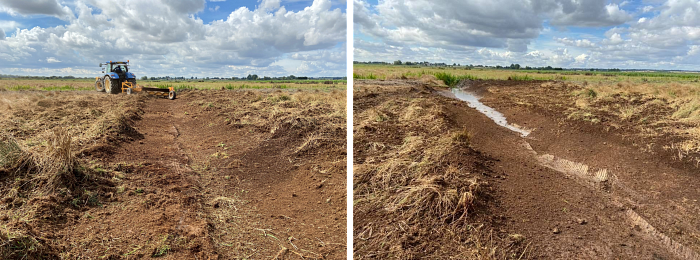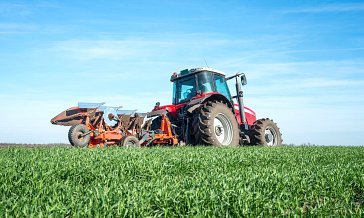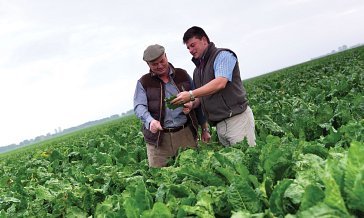
Sustainable Agriculture
Case study
Sustainability
SUSTAINABLE AGRICULTURE
23 October 2020
Cantley Wetland Marshes

As an industry, we want to do all we can to support and encourage wildlife – not just in the fields where farmers grow our sugar beet, but around our factory sites too. Within the boundaries of our Cantley factory there are 45 hectares of Broadland marsh managed via higher level Environmental Stewardship. These wetland marshes are routinely grazed between April and October by cattle, via an agreement with a local farmer, which also helps to create a habitat for ground-nesting birds.
In the summer of 2020, British Sugar welcomed a visit from Andrew Holland, Broads Wet Grassland Adviser at the RSPB, to assess the marshes in relation to their condition to support wintering waders, breeding waders and other wildfowl. Whilst Andrew recognised that the ditches and unproductive rush grasses were managed appropriately, many of the pre-existing footdrains were difficult to identify on the landscape and were therefore likely to be ineffective in providing a foraging ground for young birds.
Typically, footdrains should be 20 to 30cm deep, with shallow sloping sides up to 4 to 5m in width, linking directly to the system of ditches that are often full of water. Andrew explained that RSPB have the capability to reinstate footdrains using a specialist tractor-mounted flail.
Working with the RSPB, 2.4km of footdrains on the site were re-created in just two days in August, which quickly started to back-fill with drain water. As they continue to flood during the winter months, the drains make an ideal overwintering ground for migrating wading birds. In spring and early summer, as the marshes dry and water levels recede, muddy margins will attract a multitude of fly life that will feed the newly hatched chicks following breeding.
Richard Cogman, British Sugar’s Agriculture Business Manager at Cantley, commented, “We are well aware of our obligations and we have a passion to make sure that we manage the environment on our sites correctly, so we were pleased to work with the RSPB on this project.
“We are aiming to encourage Lapwing, Redshank and other migrant waders to our marsh and will conduct surveys on migrant species later in the year, as well as on breeding pairs next spring, to see how they have responded to the improved wetland environment. We look forward to continuing to work closely with the RSPB to ensure the ongoing success of this project.”




